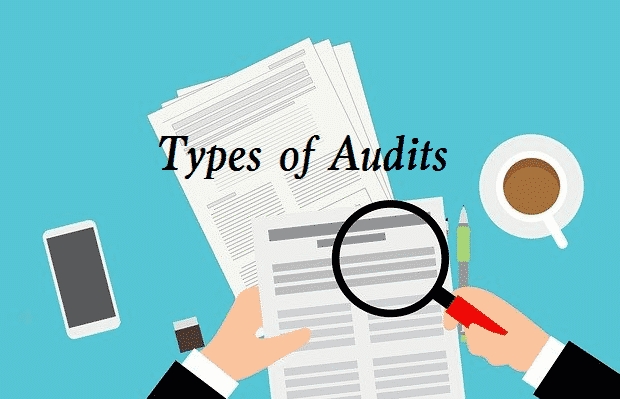Auditing is an on-site verification activity to ensure compliance with requirements, such as supply audit and factory audit. What audits are widely applied in quality control? Here we’ll go over three types of audits (product, process, and system audit) and the difference between them.

Product Audit vs Process Audit vs System Audit – What are the 3 Types of Audits
What are the three types of audits and how to distinguish them?
What is Product Audit?
Product audit refers to the audit of products. Samples are taken from the products ready for delivery after normal mass production, and their full-size inspection, test verification, and other required inspections are carried out. Generally, after the product audit has problems, the process audit shall be carried out. The main purpose of product audit is to find the quality defects of products and analyze the causes, so as to seek ways and measures to improve and improve the applicability of products and provide an objective basis for product quality improvement.
What is a product? Product is the result of activities and processes. It can be tangible or intangible. It can be services, hardware, process materials, software, or a combination of them. Taking an automobile engine as an example, the content of product audit may include whether the functional performance, appearance, size, packaging, label, etc. of the engine can meet the requirements of technical specifications, regulations, standards, or customers on quality characteristics.
At what stage should we conduct a product audit? Do you have to wait until the engine goes offline before you can carry out a product audit? Of course not. Product audit can run through the whole product development and production cycle, from the sample stage to the production stage, and then to the final delivery.
What is Process Audit?
Process audit, as the name suggests, aims at whether the product manufacturing process can meet the product definition to the greatest extent considering the cost. It mainly involves process logistics, process quality inspection, maintenance and daily spot inspection of equipment, tooling and die clamp inspection tools, staff training, etc.
The process audit is product-oriented. In order to ensure a good product, we need to have a good process, which is the combination of man-machine material method and environmental measurement. In short, the process audit we need to review is the factors that directly affect the product, such as: whether the ability of the people who complete a certain process is enough, whether the resources to complete a certain work are not in place, whether the equipment, tooling and measuring tools for the production of this product are qualified, or whether the quality of the input parts and raw materials is qualified, etc
We check the quality of this process one by one. If the quality of these processes is good, it can further prove that our product quality is guaranteed. We said that even if a small number of defective products were produced in this process, we still have confidence in this process. We can call this process with good work quality or process quality a “robust process”. A robust process does not completely eliminate the generation of defective products, but its defect rate ppm or defect probability will be very low.
How to audit the nonphysical product development process? Even in the product development process, it also reviews various factors that directly affect the quality of the products we develop, such as whether the project management is well done, the input definition of products and processes is well done, the control plan is well done, the development of tooling and equipment is well done, and so on. Whether it is the development process or the production process, it is product-oriented and pays attention to whether various elements in the process will affect the final result.
What is System Audit?
System audit originates from documents and is finally recorded. Integrity and effectiveness of main review requirements. It is relatively macro, and the system audit will involve products (including tangible products and services) and processes. A system audit is conducted on a management system.
The system audit is process-oriented. If we imagine the enterprise as a big room, the auditor is holding a magnifying glass to see all aspects of the room, whether the management process in the room meets the requirements, whether the management system in the room is observed, or whether there are nonconformities.
Product Audit vs Process Audit vs System Audit, What’s the Difference?
- Target. Product audit often applies to a physical product, process audit applies to the fabrication process of the product, and system audit applies to a quality management system.
- Purposes. Product audit evaluates the quality characteristics of the product, process audit focuses on the quality capability of products and their processes, and system audit focus on the quality capability of a quality management system.
- Auditor. Product audit is conducted by auditors who are familiar with the process and features, process audit is done by development process workers, and system audit is done by internal auditors.
- Required data. Product audit requires product characteristic index, process audit requires conformity rate, and system audit requires non-conformity report.